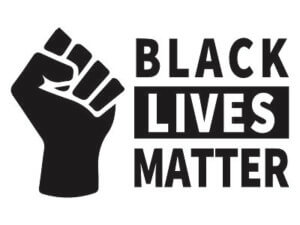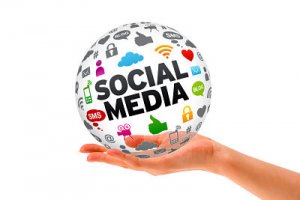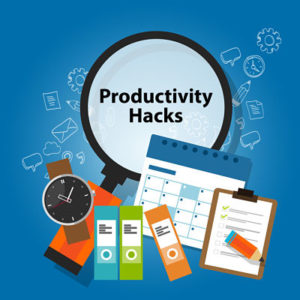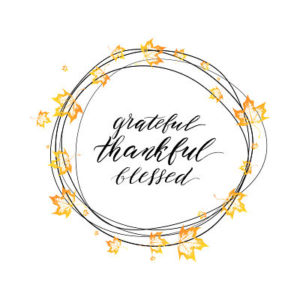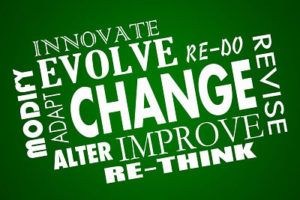2021 is here. Now what?
January 6, 2021
 It’s been a bit daunting to approach planning for this year, given the upheaval and chaos we are still experiencing. I have yet to meet a business person who did not declare 2020 to be the most perplexing and challenging year of their career.
It’s been a bit daunting to approach planning for this year, given the upheaval and chaos we are still experiencing. I have yet to meet a business person who did not declare 2020 to be the most perplexing and challenging year of their career.
Despite all of the unknowns, we still have to have a plan for 2021. Here are some aspects of your marketing that, no matter what is happening with COVID, racial challenges, or politics, you need to focus on in 2021.
You can’t slide backward. Every business needs to consciously protect their market share and brand awareness. You can’t afford to slip from your consumer’s mind. You must maintain a baseline presence or your brand equity, top-of-mind awareness, and favored status with your current customers, or it will quickly erode.
It’s incredibly tempting just to lie low and wait for all of this to blow over. Keep in mind, there has never been an economic downturn where that decision worked out well for an organization. Once you start to slide, it’s incredibly expensive and potentially impossible to recover from.
Expect the need for adaptations. This is not the time to make long-term plans that are inflexible or don’t give you room to pivot. Change has always been an element in the marketing world, but given the societal issues we’re facing right now, it’s almost a constant. Whatever you are working on for 2021, build in plenty of wiggle room for you to shift as needed.
Be mindful when you sign contracts or make any long-term commitments that they have protectionary language that would allow you to react to something at a moment’s notice, be it a world event or something very local. 2021 is probably the year to think in quarters, not the entire year.
Yes, build the plan for the whole year but be ready to retool the plan every 90 days.
Don’t assume this is how it will always be. If there is one common theme running through our country right now, it’s that people are starving to get back to face-to-face interactions in every aspect of their lives. We will go back to in-person meetings, conferences, trade shows, and live demos. Yes, digital is all-consuming right now, and it absolutely should play a critical role in your 2021 plan, but so should human contact.
How, when, and where this will happen is still pretty murky. Many organizations are already working on their 2021 live conferences and trade shows and fully expect them to be well attended. You want to carve out a budget for live interactions (one on one or one to many) in anticipation that they’ll happen, so you don’t get left out.
Check your tone. There’s a lot of talk about being marketing tone-deaf these days. It seems as though the sensitivity meter is set on high for just about every person on the planet. You need to understand the issues and sensitivities of your audience and double-check your creative, messaging, and delivery to make sure that you’re in alignment with the current sentiments.
The level of consumer intolerance is at an all-time high when a company does not demonstrate a desire to be inclusive or acknowledge whatever issue is forefront in the consumer’s mind, so don’t put yourself in that sort of firestorm unnecessarily.
2020 was a year like no other, but we can’t let its magnitude paralyze us into being unprepared in 2021. We know enough to set ourselves up for success, and the time to execute that plan is now.
More

